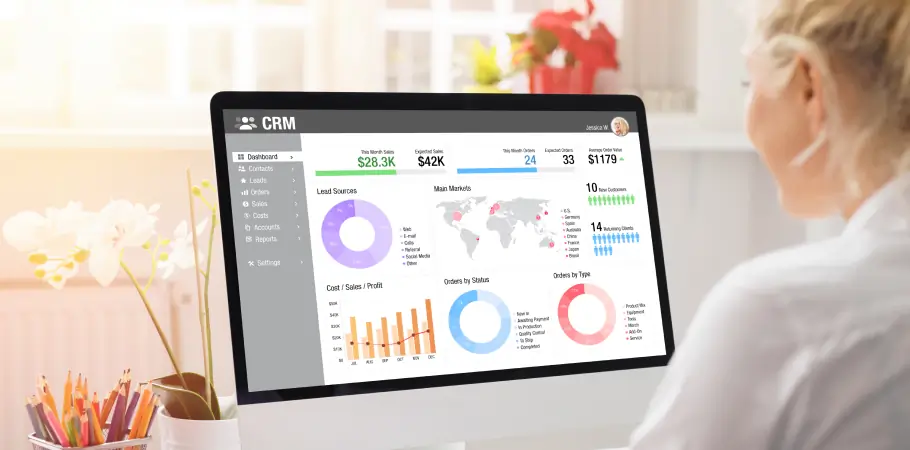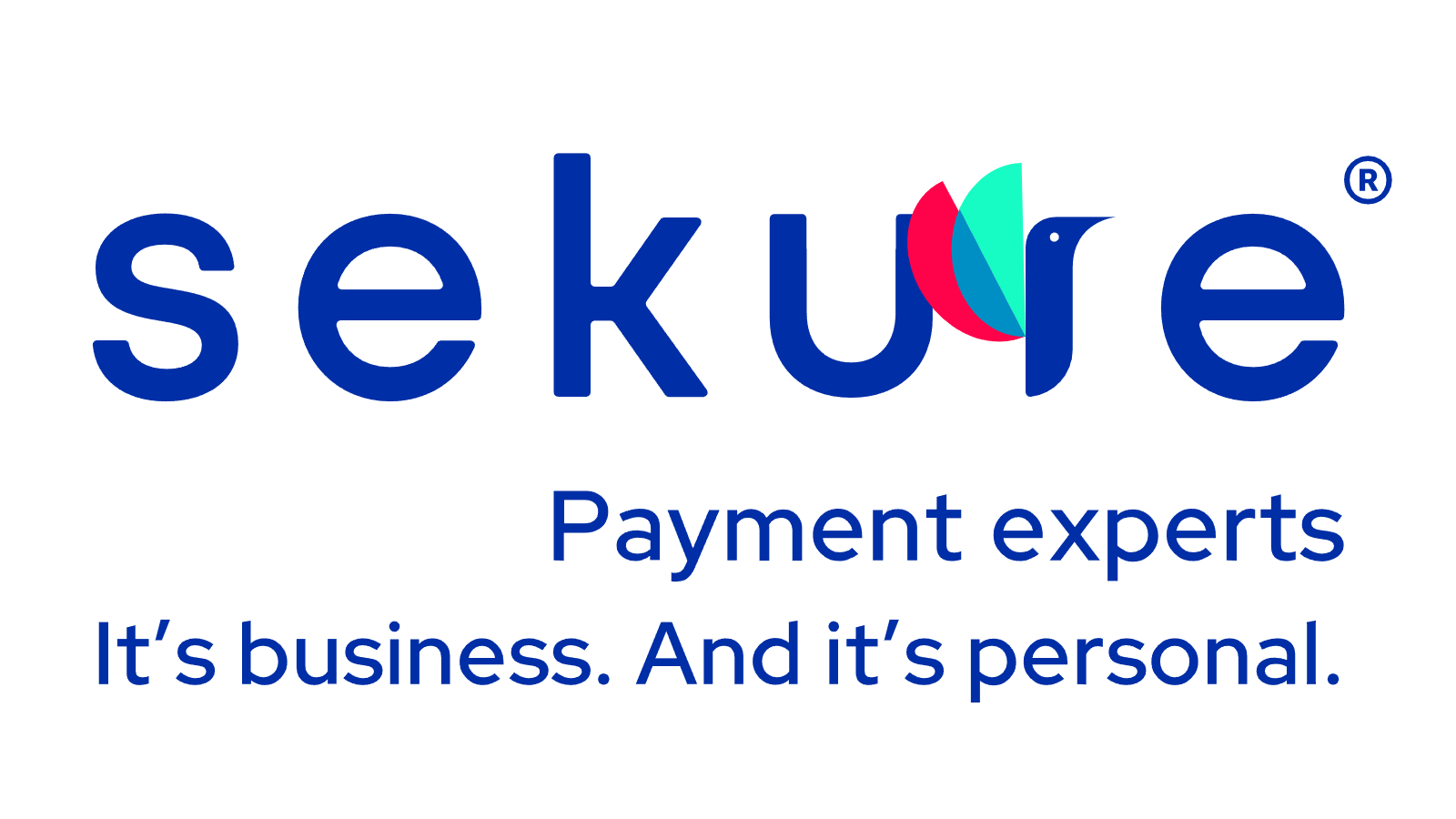Jump to:
- Determine your organizational goals
- Research your competition
- Build your sales funnel
- Utilize a customer management system
- Create a customer loyalty program
- Form strategic partnerships
- Invest in the most recent technology
- Educate and recruit new team members
- Invest in marketing and branding
- Monitor performance
There are more than 33 million small and medium-size businesses in the U.S. according to the Small Business Administration (SBA). Competition can be fierce, but there are significant opportunities to grow your revenue. To grow your business, you need to streamline operations to reduce costs, and at the same time, you need to optimize your sales funnel to grow your customer base.
With limited resources, you cannot afford to waste time or money on ineffective strategies or technologies that don’t get the job done affordably. Implementing the right mix of solutions that work for your business can make a real difference. In this article, we’ll outline 10 simple ways that you can grow your business without breaking the bank.

1. Determine your organizational goals
To grow your business, you must first define your business goals. Everyone on your team needs to understand the objectives and what you want to achieve. It’s important to articulate these goals with clear, actionable language so everybody knows what is expected.
Set SMART goals
An easy way to do that is by adopting the SMART goal technique to set specific objectives. The goals should be:
- Specific
- Measurable
- Achievable
- Relevant
- Time-bound
For example, if your goal is to grow sales volume, you need to quantify it with SMART goals, such as increasing annual sales revenue from $1 million to $1.2 million annually by the end of this year.
- Specific: Increase revenue by $200,000 before year-end.
- Measurable: Progress against goals can be tracked.
- Achievable: 20% may be ambitious, but obtainable based on past growth trends.
- Relevant: Aligns with business objectives.
- Time-bound: Has a defined endpoint to create urgency.
SMART goals provide clarity for those that have to enact growth plans, measure success, and hold people accountable.
Refine your value proposition
In a competitive environment where other businesses may be offering similar products or services, you need to have a firm understanding of your Unique Value Proposition (UVP). This is especially important for eCommerce sellers as others may offer an identical product at a lower price point.
The UVP tells customers why they should do business with you rather than someone else. It might be your low price point, exceptional customer service, or unique features of your product or services. Your UVP should be customer-facing, defining the problem you can solve or the solution you can bring to help your customer or client.

2. Research your competition
To differentiate your business, you need to know what your competitors are doing. Knowing pricing, offerings, and positioning can help you identify areas where you can gain an advantage.
You can research your competition, you can review their website, visit their physical store, and keep an eye on their advertising and marketing materials. If they offer a newsletter, you can sign up. You can also use Google Alerts (a free tool) to get notified when a competitor publishes new items or is in the news.
Competitive intelligence helps you know what others are doing, so you can shape your messaging to convey what you do which makes doing business with you a smarter alternative.

3. Build your sales funnel
To grow your business, you need to attract more customers. This starts by getting more people into the top of the funnel and then moving them through the various stages until they convert.
One of the most commonly used sales funnels is called AIDA:
- Awareness
- Interest
- Desire
- Action
Awareness
You must first grab someone’s attention and engage with them. The awareness phase is most often the first time they are aware of your brand or service. Effective messaging based on exposing them to your brand and building awareness is key.
Interest
In this phase, you’re trying to move customers from knowing about who you are to being interested enough to further research or consider what you offer.
Desire
Desire occurs when you can move customers from liking something to wanting it. This encourages consideration and helps sets the stage for conversions.
Action
In the action stage, you prompt customers to act. This might be making a purchase, giving you a call, signing up for your newsletter, or visiting your store.
Buyers rarely jump from the top of the funnel to purchases without moving through the funnel in some form except for low-cost (low-risk) purchases.

4. Utilize a customer management system
Customer relationship management (CRM) software helps businesses track customer interactions and manage accounts. Businesses of all sizes benefit from a CRM by learning customer habits and preferences, allowing for a more customized and personalized marketing outreach to improve customer relationships.
Leverage an all-in-one POS system
By integrating your CRM with a robust point-of-sale (POS) system, you can gain a comprehensive look at your customers and your business. An all-in-one POS system can accept credit card payments, but also do so much more. By the way, if you’re in the market for an all-in-one POS system, our Sekure Payment Experts can help match your business with the best payment processing solutions.
An all-in-one POS system can also streamline operations and help your leverage your POS for:
- Managing orders and processing
- Tracking and managing inventory levels
- Scheduling appropriate staffing and tracking hours
- Reporting real-time sales, performance, and margins
The best POS systems will integrate with your workflow and connect to your CRM, accounting software, receipt printers, and other software.

5. Create a customer loyalty program
Besides attracting new customers, encouraging repeat purchases from your current customers can improve revenue. According to Harvard Business Review, about 60% of companies have some form of loyalty program to incentivize customers to continue to do business with them.
Multiple studies show that current customers buy more often and spend more when they do, which is why they can produce more than half of your total revenue. Encouraging repeat business also lowers your Customer Acquisition Costs (CAC). The more people use your products or services, the more comfortable they are with your company and more likely to continue with you.
What type of customer loyalty program do you think will resonate best with your customers? As an example, at Sekure we have a Refer-a-Friend program. When our customers successfully refer a business to us, we send them both a $250 Visa gift card!

6. Form strategic partnerships
Partnering with the right businesses can help you work more efficiently and scale your capability.
Payment partnerships
Working with Payment Experts can save you time and money vs. managing payments in-house. You can provide fast, seamless checkout for customers that reduce cart abandonment and make for an exceptional customer experience online or in store.
Supplier partnerships
Partnering with wholesalers, manufacturers, or suppliers can help you lower your purchasing costs. This, in turn, reduces your cost of goods sold (COGS).
Marketing partnerships
Marketing partnerships allow for cross-promotions for compatible products or affiliate relationships to expand your reach. With an affiliate relationship, your partner is incentivized to sell your products, expanding your marketing efforts without adding additional cost.

7. Invest in the most recent technology
Upgrading your business management software is crucial to improving your productivity and reducing costs. Many businesses are still using expensive legacy systems that do not leverage the significant improvements that modern systems use to improve workflow, uncover business trends, and serve your clients or customers better.
Businesses looking to grow should evaluate their current tech and prioritize investments that streamline workflow and reduce costs. For example, Sekure enables you to save on credit card processing fees while making the process faster and simpler. By modernizing your payments, inventory management, and analytics in a single platform, you can automate many manual functions and improve your efficiency.

8. Educate and recruit new team members
A well-trained team that is committed to achieving your business objectives is crucial for executing growth strategies. While attracting and retaining high-quality employees continues to be a challenge, it’s essential to hire top performers.
Pay close attention to your onboarding and training process to ensure team members gain the knowledge they need to work efficiently. A HubSpot study revealed that 65% of sales teams that outperformed their peers have a dedicated and well-trained sales workforce.

9. Invest in marketing and branding
Investing in marketing and branding is another important step in growing your business. A strong brand will be more recognizable and engender trust with customers or clients. When someone knows your brand, they are more likely to do business with you.
It’s essential that you are consistent with your branding. A Lucidpress survey of businesses reported that brand consistency contributed to revenue growth of at least 10%.
Beyond establishing your brand, you also need a robust marketing strategy that includes multiple channels to expand awareness and drive interest. Your marketing efforts should be focused differently at each stage of the AIDA sales funnel to drive customers to the next level and, ultimately, to make buying decisions.

10. Monitor performance
“You can’t manage what you can’t measure “ is sometimes attributed to management consultant Peter Drucker. At other times, it’s attributed to statistician Edwards Deming. Either way, it rings true. If you’re not monitoring and measuring your performance, it is difficult to know if you’re hitting the mark.
Tracking your key performance indicators (KPIs) against your goals provides the visibility you need to see if your growth strategies are working and where you may need to improve your efforts. Sekure’s POS helps in several ways, including tracking sales performance and trends, inventory, and budgets. You can also track sales by employee to identify top performers and compare your data across multiple locations.
Grow your business with Sekure Payment Experts
Sekure partners with SMBs to help grow their business with affordable and comprehensive credit cards payment services, payment processing services, and POS solutions.
Get the best possible payment processing and POS rates in the business
Save up to 100% on credit card processing fees plus get access to free best-in-class equipment, customized solutions and personalized advice from real Payment Experts.
Start saving todayCategories

